Wild onions by any other name are still just as tasty and good for you. Depending upon where you live, wild onions may also be called: wild garlic, leeks, field garlic, scallions, and crow garlic.
There are more than 100 different varieties of wild onions and garlic (wild alliums) that grow in fields and pastures across America… even in the dessert. If you live in the Los Angeles or San Francisco area you would have to drive about 2,000 miles to the gourmet chef forage favorite: the Eastern ramp.
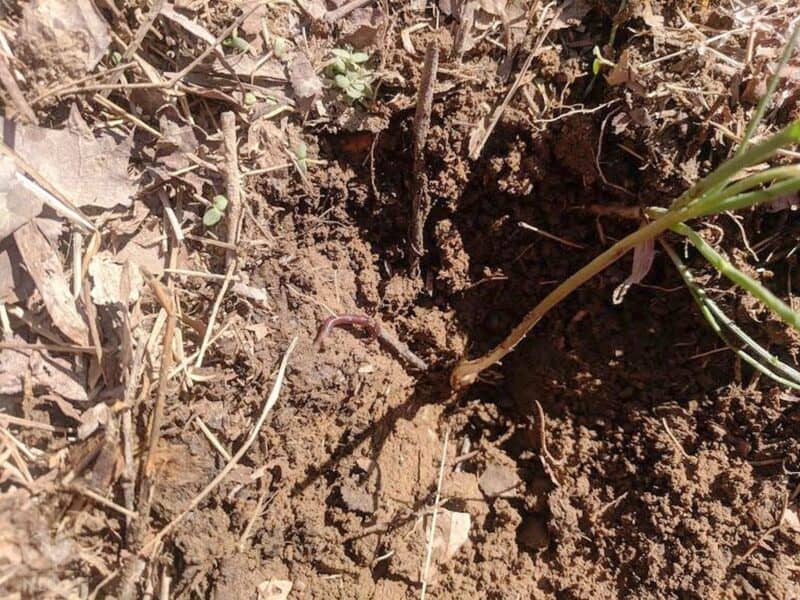
Wild garlic hails from Europe and is most prevalent in the eastern region of the United States and the western region of the Pacific Northwest. Wild onions may be most widespread in Ohio, which is good for me because that is right where my dream homestead is located.
Wild onions are especially drought tolerant, and can thrive in a wide range of soil types, even in sandy, ultra moist, or gravel-based soil. You will most often encounter wild garlic in livestock pastures, grain farm fields, along the banks of waterways, and even in your own backyard.
Wild Onion Identification
Wild onions have a tall grass like appearance. They are a bulb forming perennial with slender and distinctly erect stems – typically slightly more stiff than the onions growing in your garden. They reproduce underground and by aerial bulblets, and sometimes even by seed.
When any part of a wild onions is crushed it emits a strong garlic smell.
The root system of wild onions is primarily evolving underground. The bulb is about two-fifths to four-fifths of an inch wide. The roots are also fibrous from the bottom to the portion that can be visible above the ground.
The bulbs are either round or oval, and covered in a paper-like outler later that is full of membranes and can be brittle.
There are two different types of bulblets emerging underground. The soft coated bulblets at the base are about one-third to two-thirds of an inch long. They are teardrop in shape, white, and germinate in early fall. The hard coated bulblets are approximately ½ an inch long and are oval but flattened on one side, they are brown, and germinate in spring to late summer.
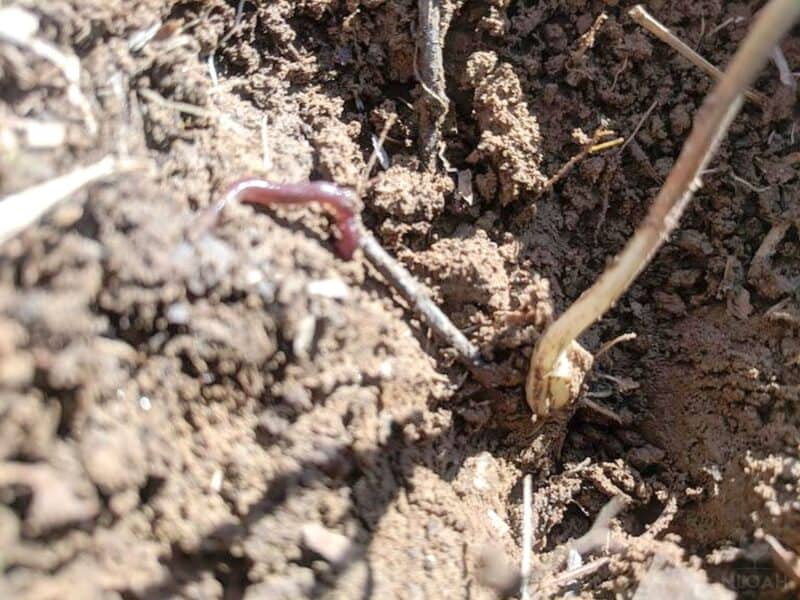
Seedlings generate rounded leaves that are hollow and also grass-like.
The stems are smooth, waxy to the touch, slender and possibly slightly rounded and unbranched. The stems stand around one to three and a half feet tall when mature and left unharvested. As the wild onions age, the stems become far more rigid.
Basal leaves on wild garlic emerge from the bulb and grow to reach one half to two feet long. They are hollow, round at the cross section, and are also both slender and smooth. The stem leaves are present on the lower half of the stem and are tubular in shape and surround the stem like a sheath.
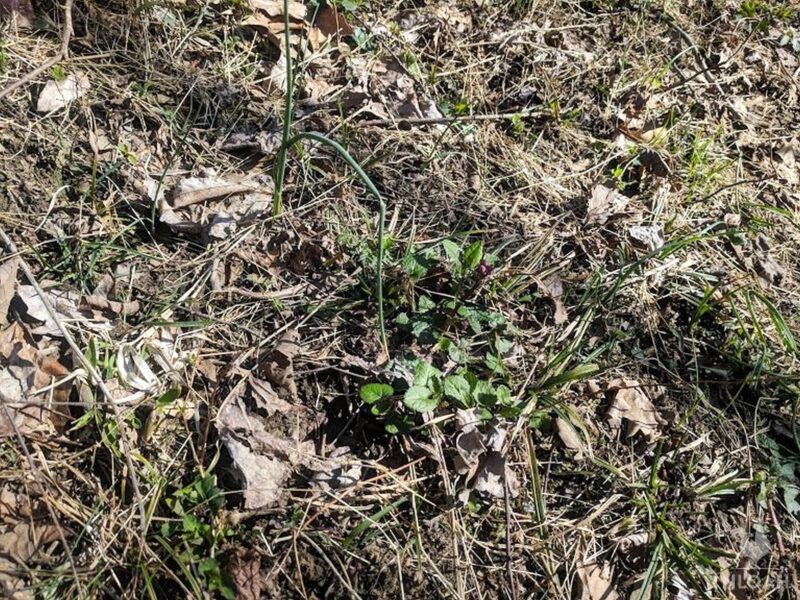
Blades of wild onions feature a flat base, but are almost rounded on the ends.
Wild garlic flowers or aerial bulblets appear as sphere like and dense clusters that are approximately three-fourths of an inch to two inches wide. The clusters of flowers are sometimes white but are usually purple to green in color.
They have six small petals grow from the young and growing wild onions stalks above the bulblets. Aerial bulblets are often produced instead of either some or even all of the flowers, depending on the variety of the wild edible weed.
The aerial bulblets are about one-eighth to one-fifth of an inch long. They are somewhat shiny, smooth and typically have tiny green leaves.
Wild onion flowers are two-seeded fruits that look like an egg in shape. They are flat on one side, and one-eighth of an inch long. The seeded fruits are wrinkly and black in color.
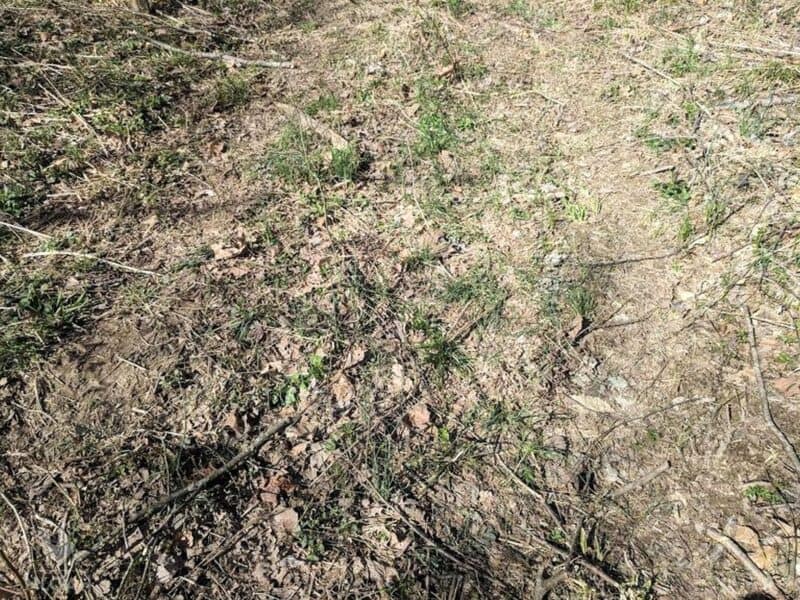
Wild Onion Hunting Tips
- The onions grow just about anywhere along the forest floor or in a pasture. Oddly enough, they seem to thrive in full sun as well as in shady areas among the trees, and along creek beds. The ramp variety appears to be the most versatile when it comes to growing location.
- Some breeds of wild garlic, like the Alpine, tend to grow along the treeline. The dusky wild onion is generally found in mountain areas.
- The shoots are the first part of the wild onion that is visible because it is a bulb plant.
- Using your nose is truly the best way to find a wild onion patch. The delicious smell of a sweet onion will surely guide you right to where you want to pick.
Actually, you might be in the middle of a young patch and not even notice it until you accidentally step on the emerging shoots and get a whiff of that tell-tale smell. While there are other wild edibles as well as poisonous plants that resemble wild onions, there simply is nothing else that holds that same scent.
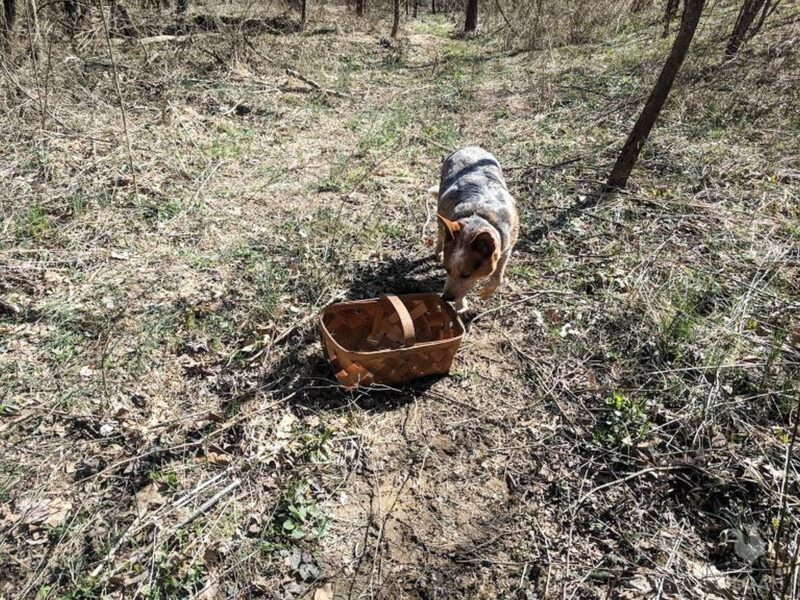
How to Harvest Wild Onions
There are two ways to harvest wild onions, by snipping or breaking off just the green stems or digging up the entire onion to garner the bulb, as well.
You can eat the greens even when they are mere sprouts, but harvesting the entire wild edible before it has matured will prevent it from reproducing to keep the patch growing – and you will only get a tiny bit of white bulb to eat.
Because most of the plant is above ground, it’s a simple and quick process to snip off some greens with a pair of scissors, or break the top off while firmly holding the lower portion with the other hand to ensure it remains intact and growing.
To harvest a mature plant to get the bulb, you may only have to give a strong tub on the greens. If the ground is not hard and dry, the entire plant should come out with just one tug. If the tug tactic does not seem like it is going to work, dig down into the ground (about half a shovel deep) to dislodge the wild onion.
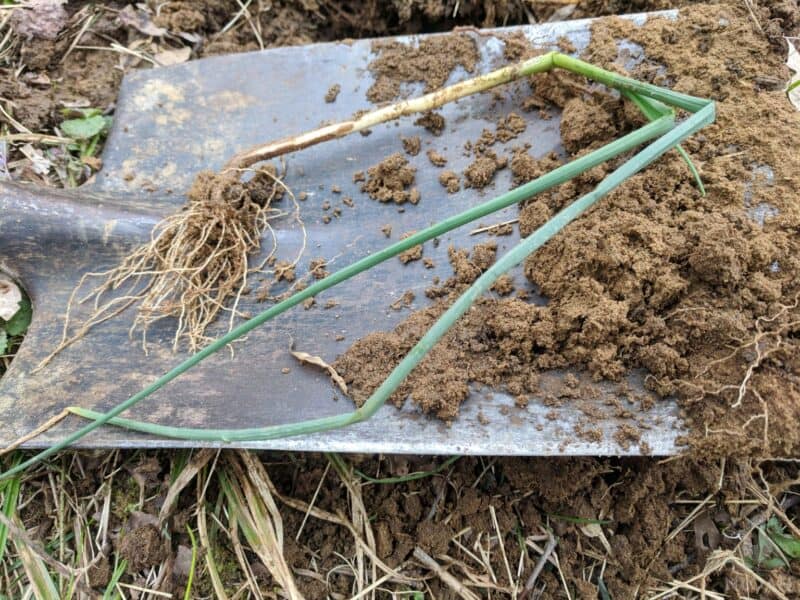
These edible weeds are narrow, so you only need to keep the shovel about three inches away from the visible part of the onion (that’s above the surface) to remove an intact plant. But, in a dense wild garlic patch you may be able to harvest multiple plants with a single push of the shovel into the ground.
The entire wild onion plant is not yet ready to harvest when the flowers are in bloom. Typically, wild garlic is not mature until September when the visible portions of the weed are drying out and becoming brittle.
To help the wild onion patch flourish, replant any small bulblets and small onions that you disturb from the ground.
It’s best to only pick mature wild onions or snip – break the upper portion of the stem so the plant continues to grow.
If you find one wild onion, there should be plenty more nearby unless they have already been picked. After scoring one wild garlic, stand still for a moment and look around for more. Do not overharvest a patch if you will be picking the same area again.
Try to only thin out the patch when harvesting so it has the best chance of reproducing robustly. Remember, rabbits and other wild animals will also be foraging for many of the same edibles you are harvesting. Ideally, you only want to harvest up to 20% of a wild onion patch.
How To Preserve Wild Onions
1. After harvesting wild onions, it is important to keep the sack you are toting them cool. Do not sit down and enjoy soaking up some sun with onions in your basket because they will wilt.
2. Wash the onions in cold water and gently wash away the dirt when you get the wild garlic home or to your campsite.
3. Wrap the wild onions loosely in a damp paper towel, and refrigerate them or put them in a plastic bag and refrigerate. The onions will remain fresh for at least 10 days when refrigerated or stored in a cool dry place. I usually keep onions for several weeks without noticing a taste difference or shriveling.
You can eat and prepare wild onions in the same manner as you would green onions that you are growing in the garden or purchase at the store. Wild onions can also be dehydrated to preserve them.
If you grind the dried onions into a powder with a blender or mortar and pestle you can sprinkle them like a spice or mix them with powdered garlic so they are ready for use in many recipes that call for both ingredients.
There is no need to rehydrate dehydrated wild onions if using them in a soup or casserole. To rehydrate wild onions (or garden-cultivated green onions) mix them at a 2 to 3 ratio with water by placing both ingredients in a bowl and allowing them to “settle” together for about five minutes.
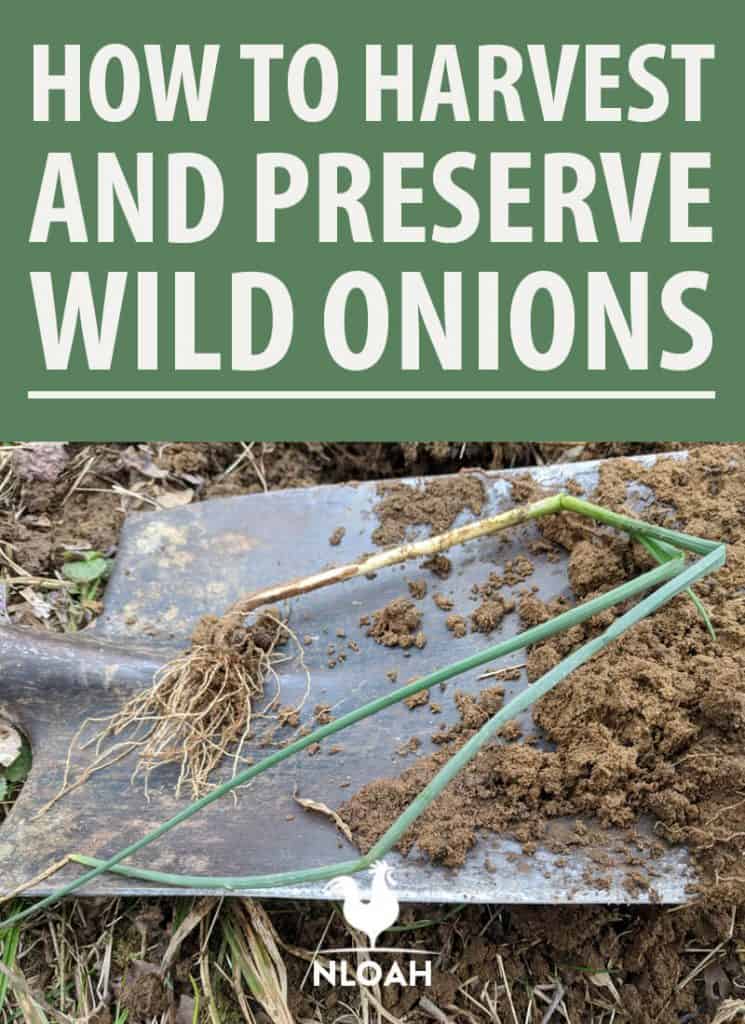

Tara lives on a 56 acres farm in the Appalachian Mountains, where she faces homesteading and farming challenges every single day, raising chickens, goats, horses, and tons of vegetables. She’s an expert in all sorts of homesteading skills such as hide tanning, doll making, tree tapping, and many more.

I freeze mine doesn’t hurt for cooking up to a year. I do so wetly, or you can freeze In a bottle of water submerged, doesn’t hurt a thing just watch for freezer burn, but never had that problem, most people I know freeze theirs If they get a lot, mom being doing it for years even when I was a small boy I’m 61 years of age now and I been doing It for years, I freeze my fish In a block of water as well
We have wild garlic where I live. What I’ve been doing is harvest the mature bulbs when the stems begin to sag (just before the foliage die-back), stem intact, then washing as you do, but then placing them all into a dark jar filled with water to ..idk, “proof” is the best word I can think of, for a few weeks. I’ve found that the bulb size increases by twofold. It also encourages the production of nice, fat bubicles on the more mature bulbs for replanting in late summer early fall.
That’s very interesting Andrew.
Hey there. I came across about 5 pounds of wild onion. Grass with bulbs. Can I just chopped them up real.fine and add to burger and soups? The grass and bulbs?
Yes, You can even pick them right out of the dirt & just eat them!! ?Lol
Just a bit further north in Michigan we have a ton of these sprouting up every year. This year I minced the young shoots I gathered by hand and mixed them with a stick of melted butter, then used a flipped butter dish to turn it back into a stick in the fridge. I’m curious to know how long that would stay good for? We ended up tossing it out about two months later, just to be on the safe side, but it didn’t show any signs of going bad. I used it to flavor up everything, soups, steak, hamburgers, etc. Just last week we found the knee high bulbs growing on the ones we left behind, so I grabbed a handful of those and made a french onion soup out of them that was delicious. Jason
Could you make an oil butter instead of a dairy butter I wonder?
Or store them in oil cubes in the freezer….
Oooo! I like the oil cube idea!?
Jason,
That sounds delicious
Since butter can be canned, I am thinking about canning this
Did you use the roots or the above ground plant?
Thanks,
Sharon
How do you make french onion soup with them??? We get wild onions Everywhere in TN & I’ve been experimenting with them & have been studying on them (: I learned They have Antibacterial properties so really..Can they even go bad?? I grabbed a couple & started planting them inside so I can have them on hand Anytime (: But Now I’m kinda thinking about chopping some up & drying them out so I can make a spice with them or Freeze them to add to Some kind of soup in the future ? I’m just trying to think of the Best Way I can make them last the longest?? Happy Onion Hunting!!??
Wonderful article!!! I have an extreme amount on wild onions or garlic in my yard and I live in Ohio close to the Ohio river. It is great to see such an article! When you dehydrate them, do you chop them or leave them whole? When I dehydrate green onions I cut them in small pieces. Thanks for this knowledge! Mary